Adela Azin Nazari
Translated by M. Rezaie
There are many children wondering on the streets. And sometimes, they are the only bread winners of their families. They usually beg on streets or are involved in low income jobs.
Kabul is increasingly witness of child labor. In West part of Kabul there were very few numbers of child labor and beggar children. But child labor and child beggars are increasing fast in this part of Kabul. They are mainly selling plastic bags, polishing shoes, washing vehicles and vegetables.
Some of these street children can’t attend school due to severe poverty and those who attend school don’t have text books, and enough time to review the lessons.
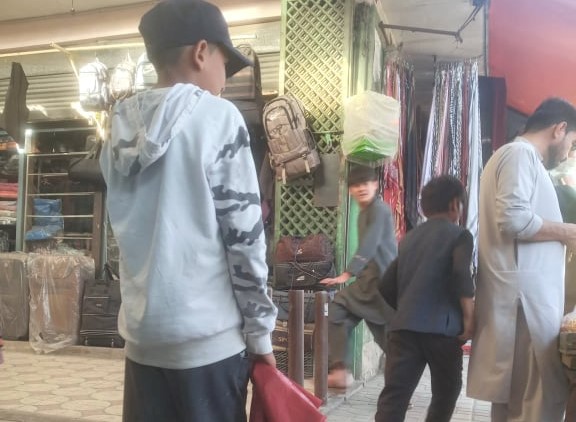
Ali Ahmad, 10, is one of the child labors who I met him on the street while selling plastic bags and asking enthusiastically the people to buy a plastic bag. He talked to me with bright eyes but dusty hands and face. He is in the seventh grade of school. He is at school until 12 o’clock. He sells plastic bags after school in the afternoon. Asking if he is satisfied with his work, “I want to have a better job. I want to have a shop.” He said.
This is the dream of an Afghan child; to have a better job and a shop. While he is entitled to study and play.

Rana, a 10-year girl, passes most of her time with her brother on the street. She sometimes sells plastic bags but does not have much income. It is why she prefers to beg!
There is another child named Fatima; she usually sits near a bread shop and waits someone give her a piece of bread. She has no one with good income in her 6-member family. They have come from another province due to poverty to Kabul hoping to have a relatively better life. She lost her father many years ago and their uncle seized their property after her father passed away. They live in the house of one of their relatives and live in poverty.
Mohammad Younus Sediqi, Communications Director of the Ministry of Labor and Social Affairs, say they have planned to gather the beggars from the streets. MOIA and Afghanistan Red Crescent will cooperate with MOLSAMD to implement the plan.
According to Mr. Sediqi, MOLSAMD has 180 child protection centers in 34 provinces of Afghanistan. These protection center provide necessary vocational trainings to the street children to enable them to have job and income. Then they can go to school and learn vocational skills.
According to Sediqi MOLSAMD plans to expand such protection centers in order to Decrease street children and beggar children.
Afghan authorities have repeatedly made such claims but they have not put them in practice.
Ms. Roya, fake name, manager of a child protection center in Kabul, said, these centers not been supported by the international community after the collapse of the former government. “After the Taliban take over, the protection centers have not been much supported and there are no educational programs as well.” She said.
After Taliban take over, there is no specific organization in charge of the child protection centers.
Children are the most vulnerable segment of the society and political developments have the most negative impacts on them. While in other countries governments mainly focus on education of children, in Afghanistan they are deprived of it. If other countries pursue a bright future for the children, the future of Afghan children look dark and unclear.


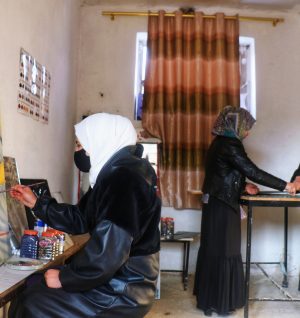
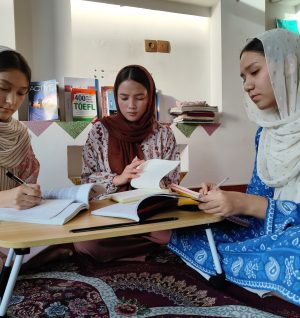
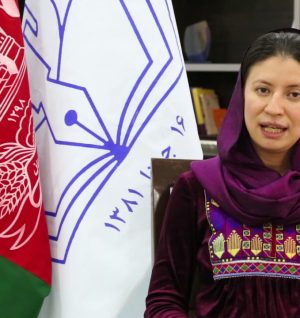

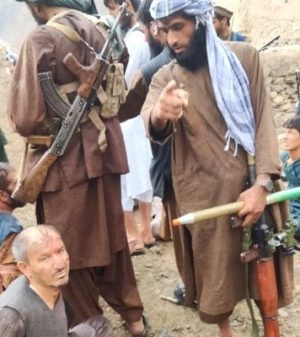
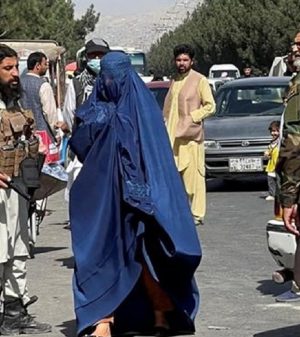
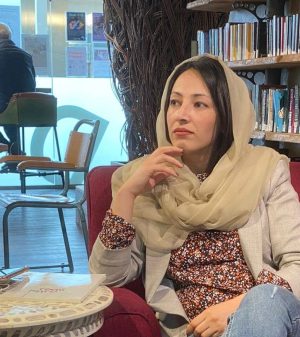
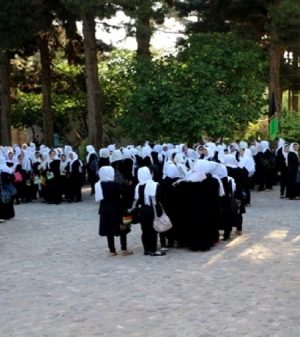
Add Comment